Lacunes
Zoé de Soumagnat
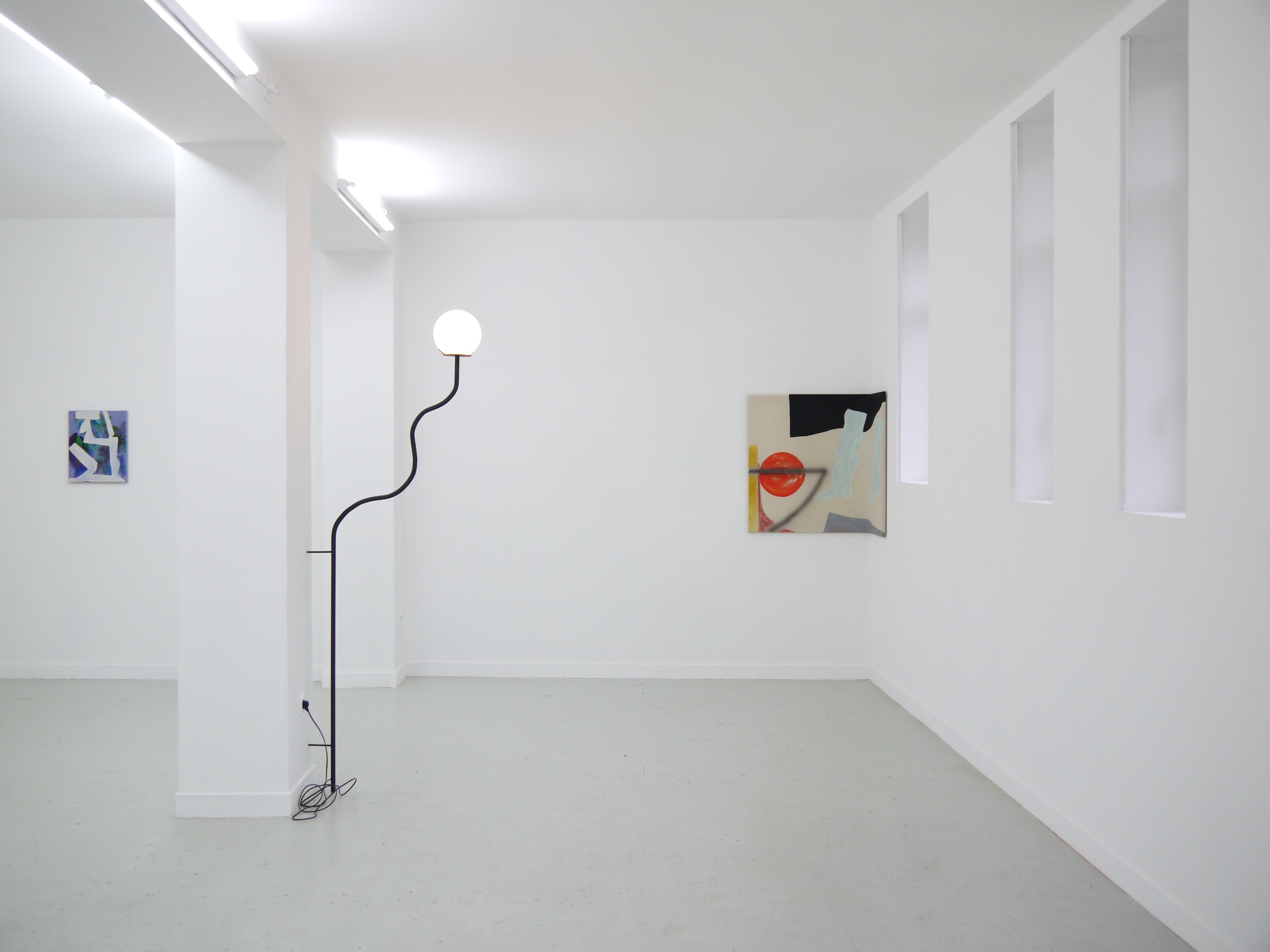
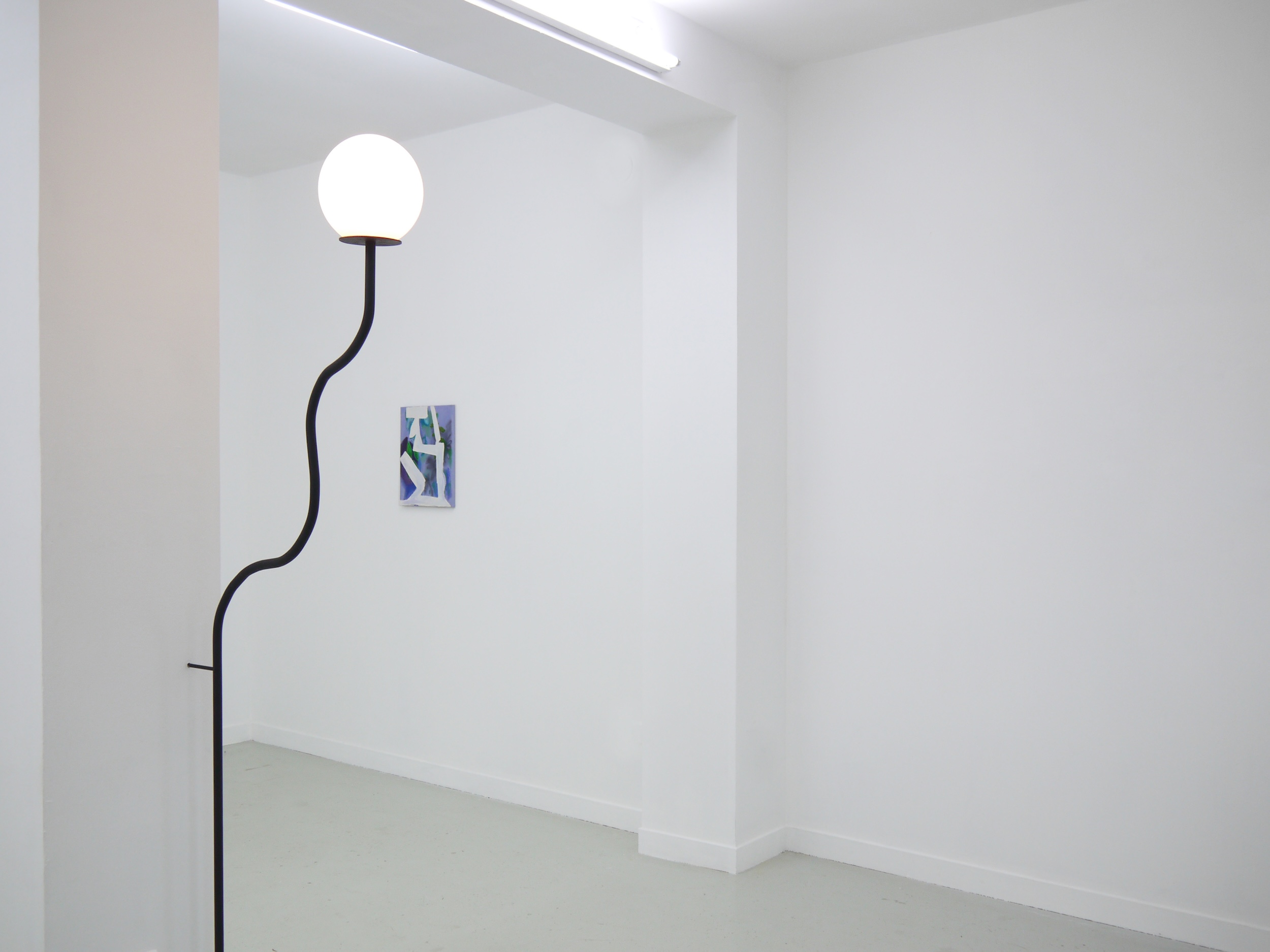
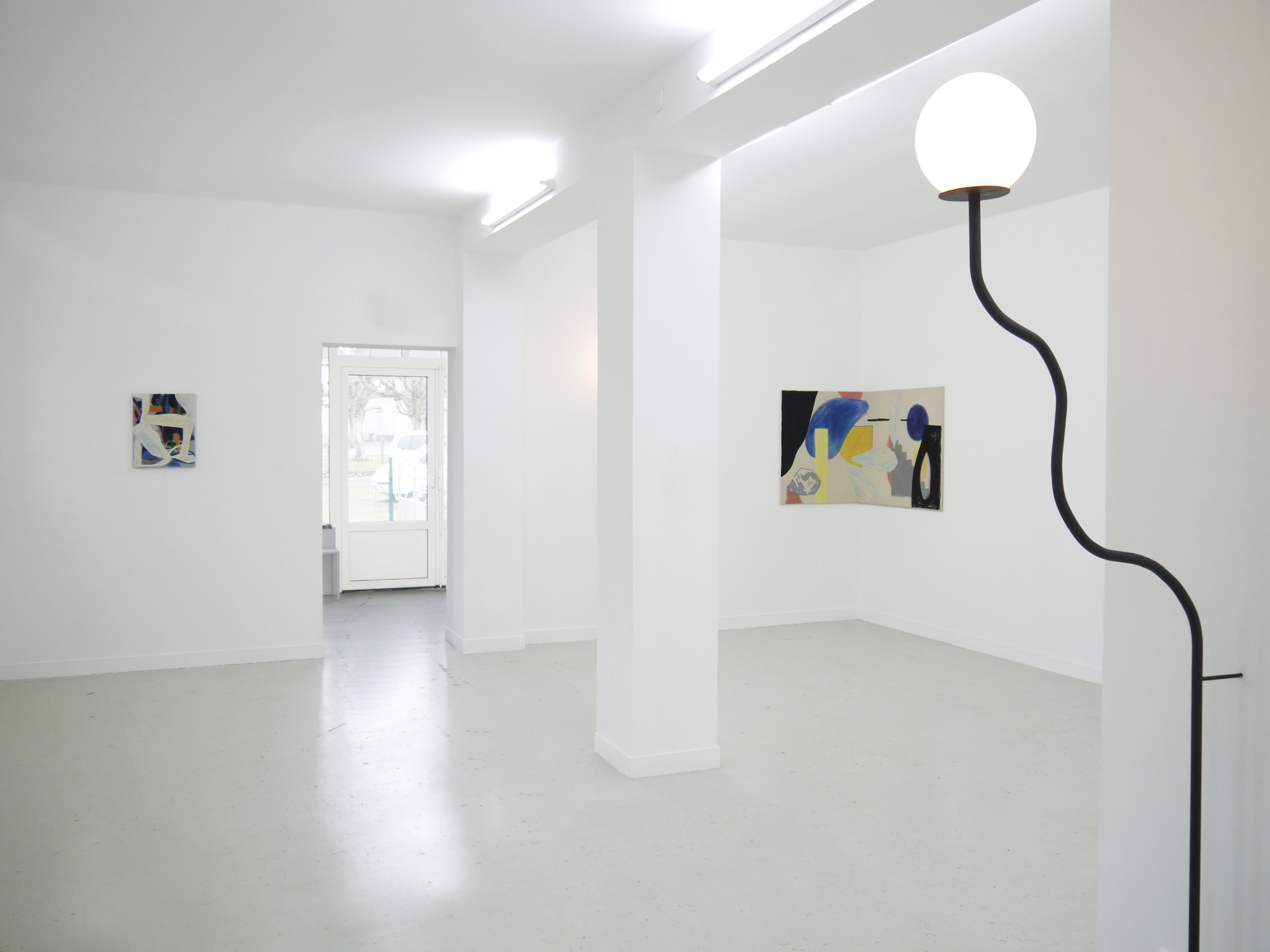
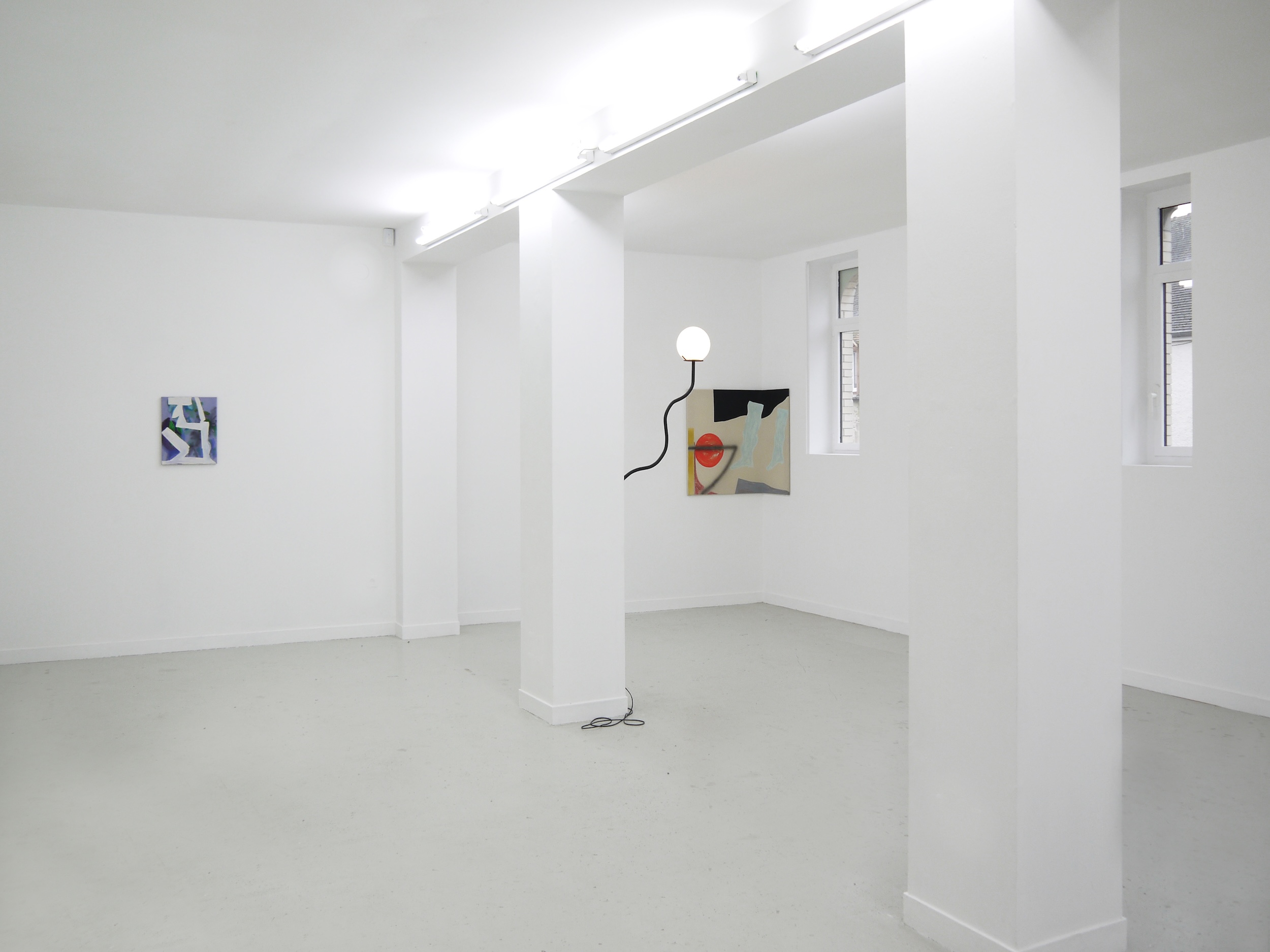
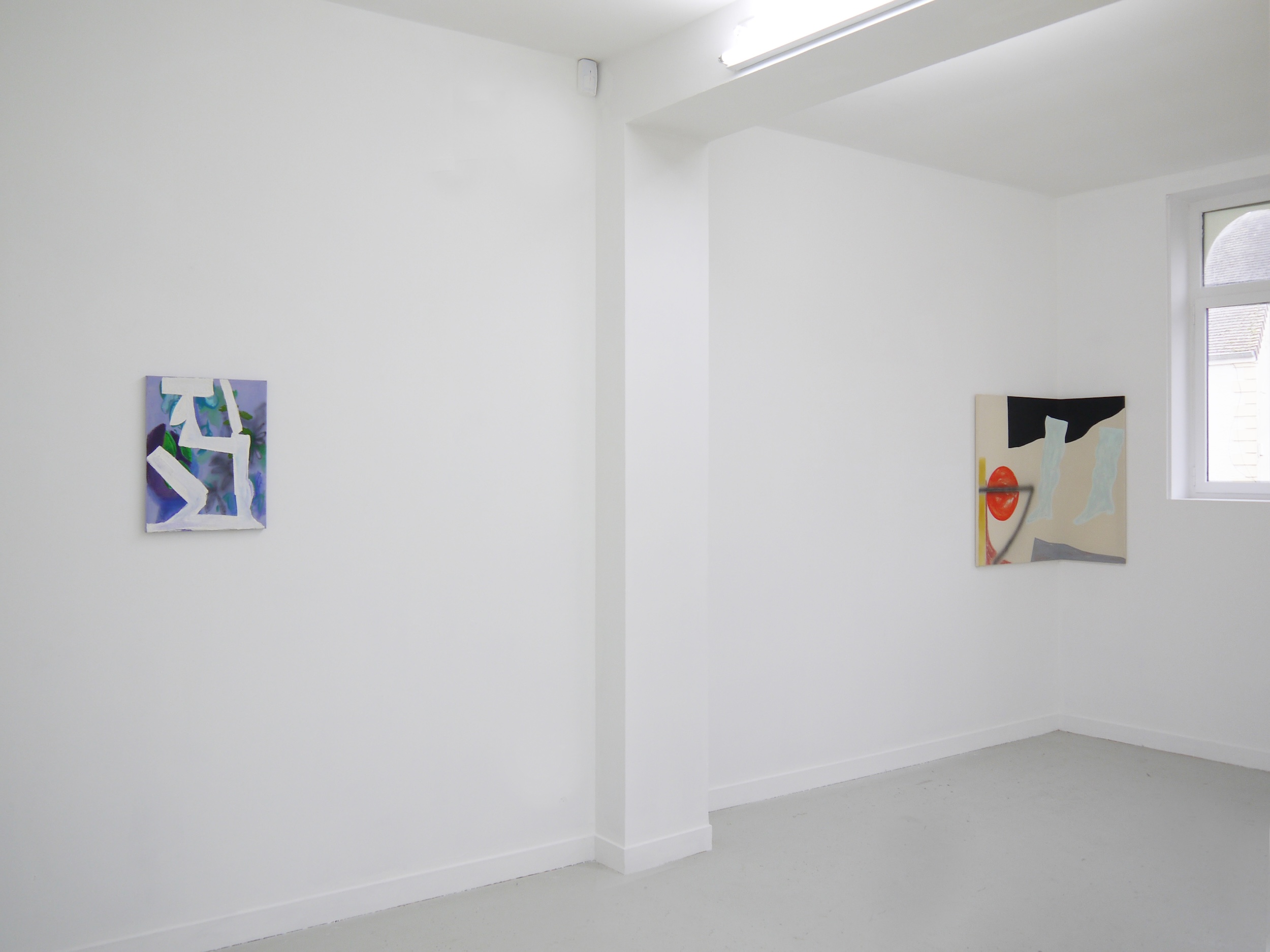
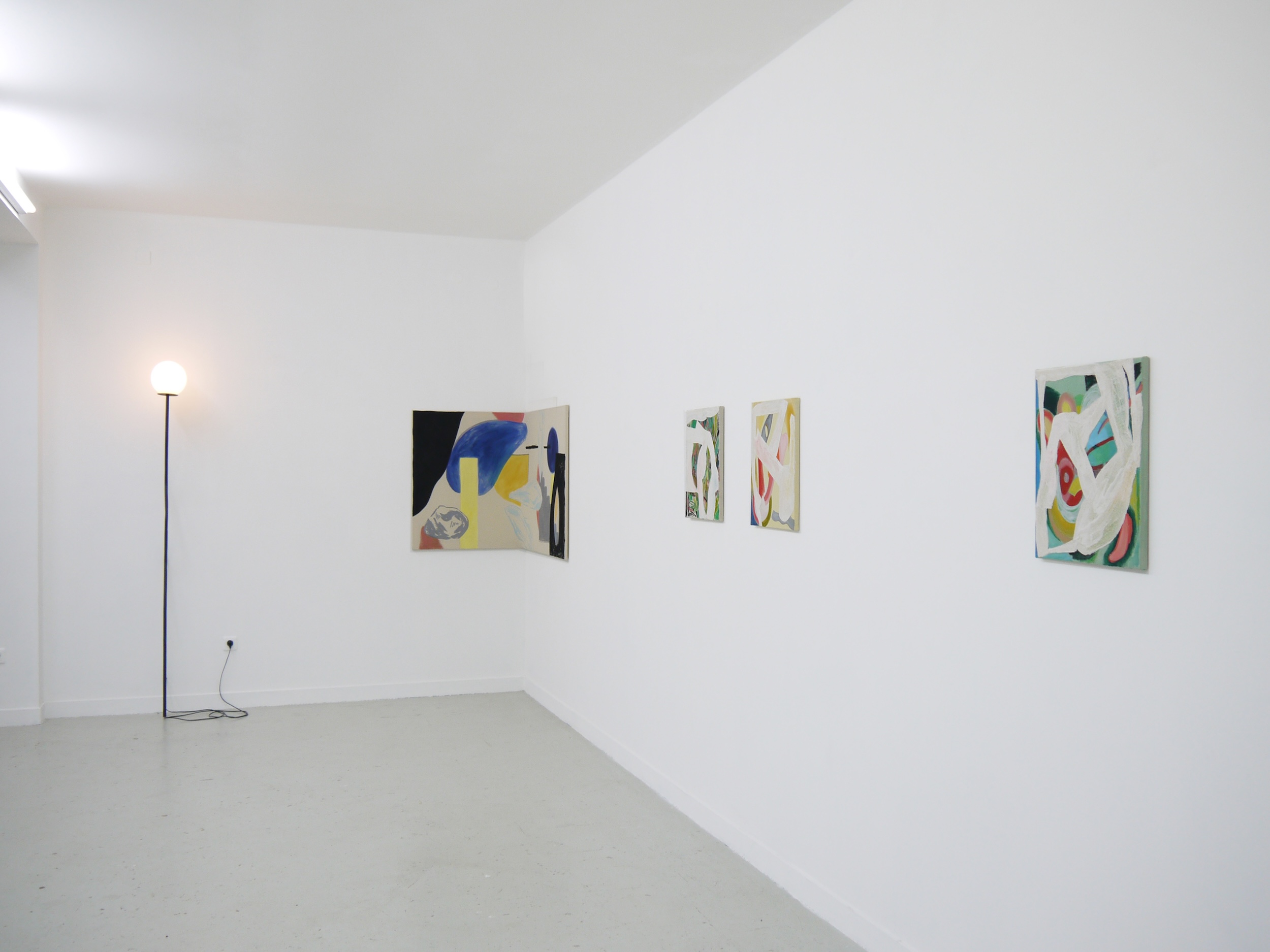
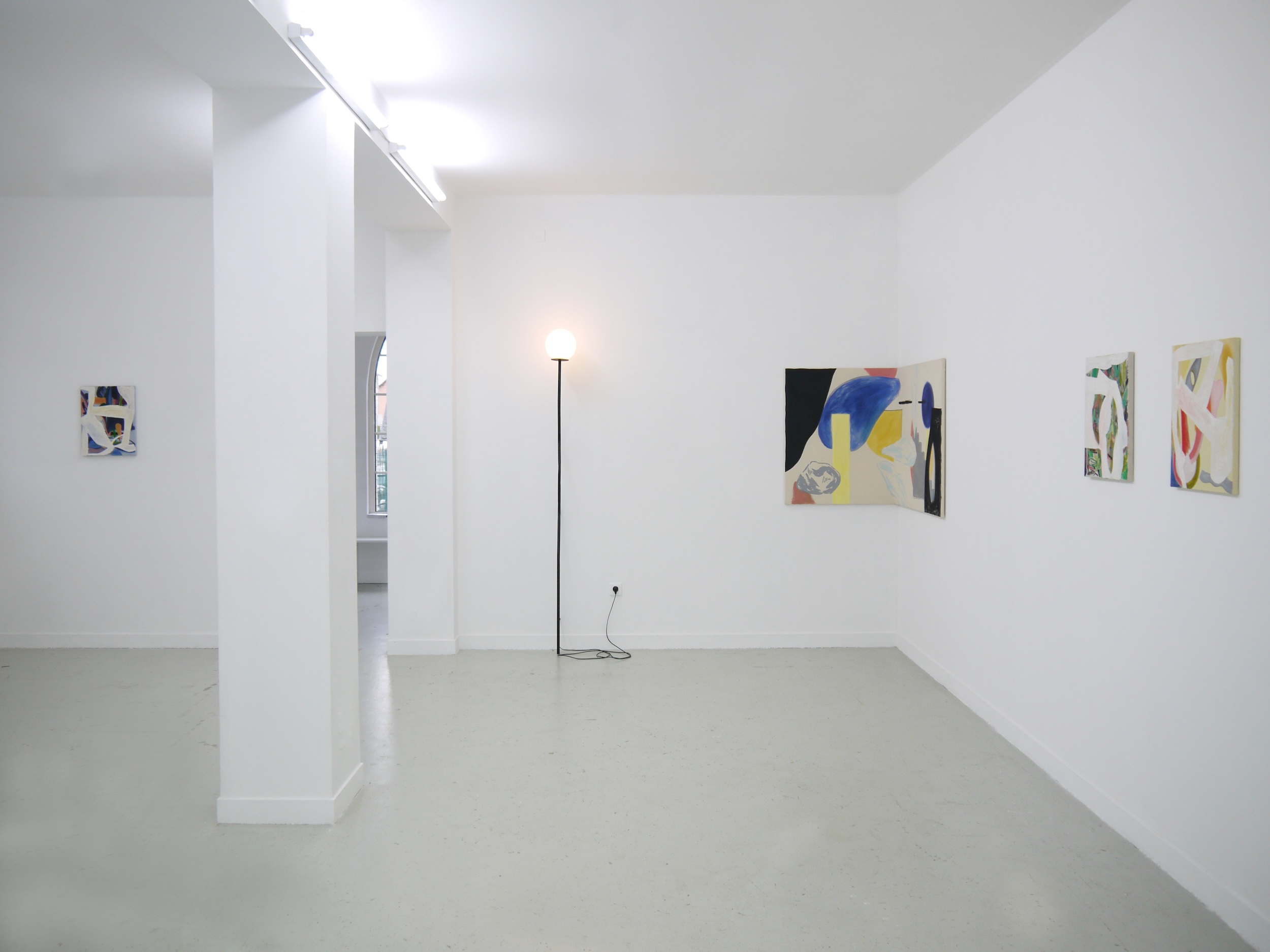
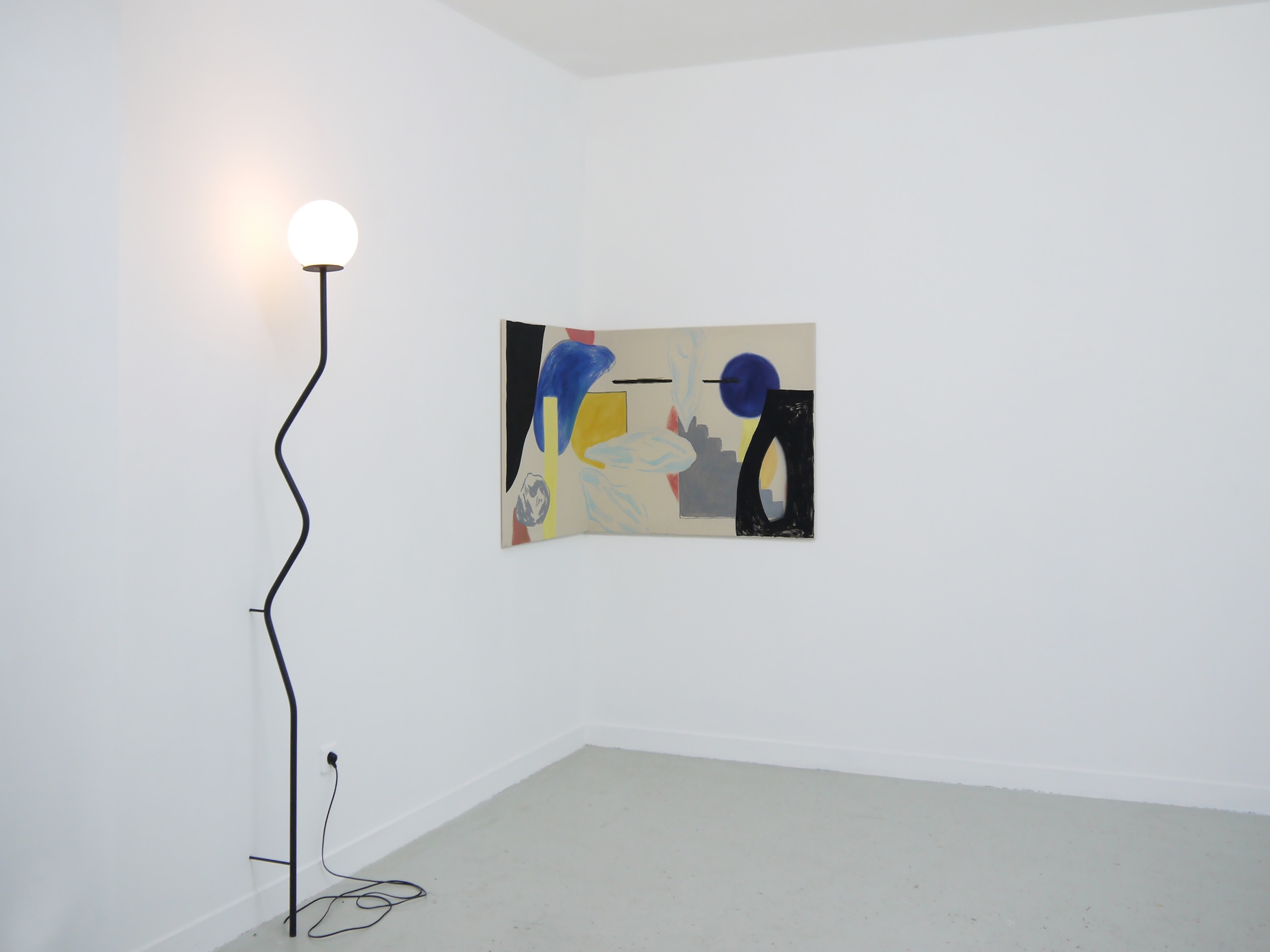
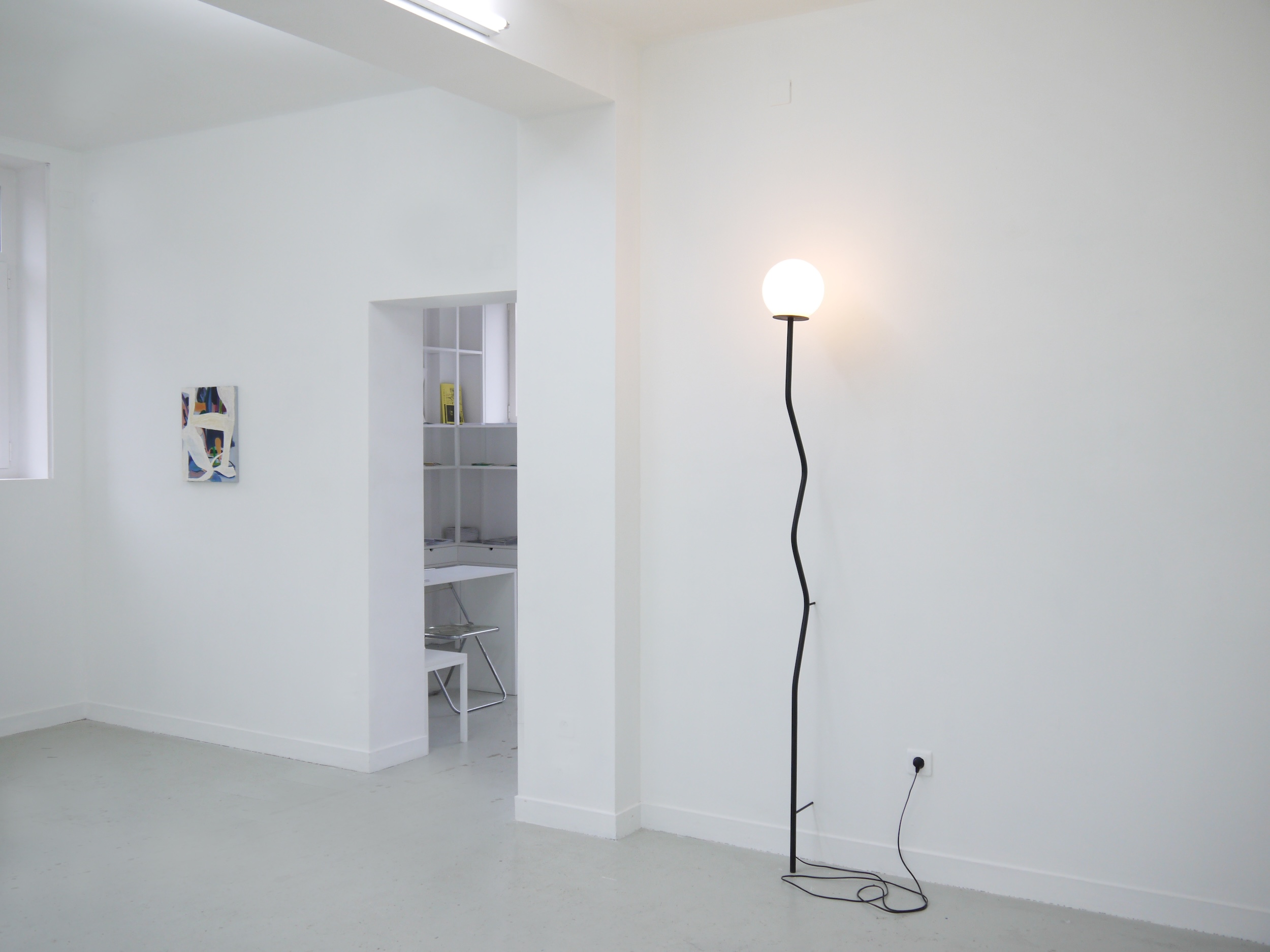
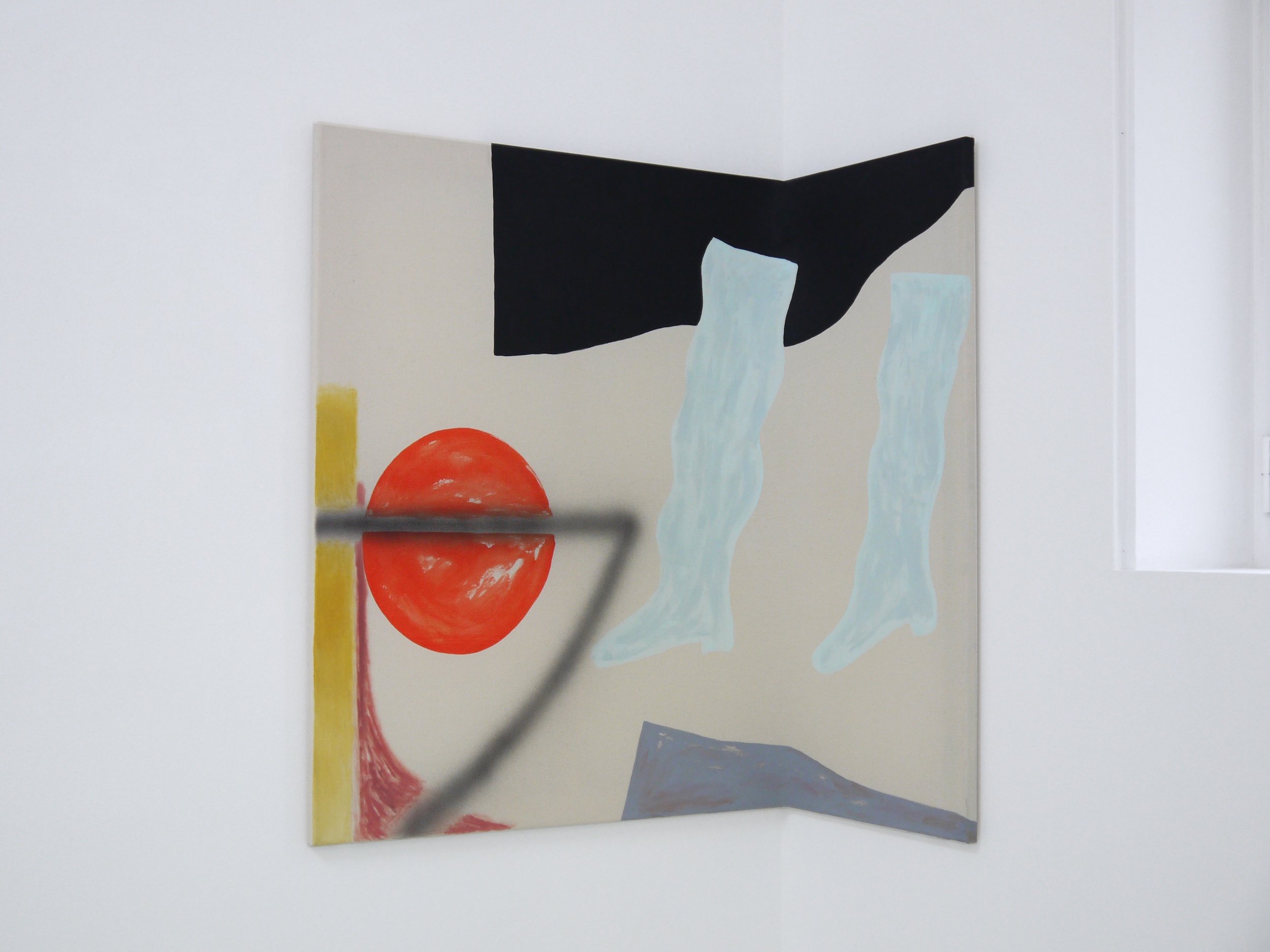
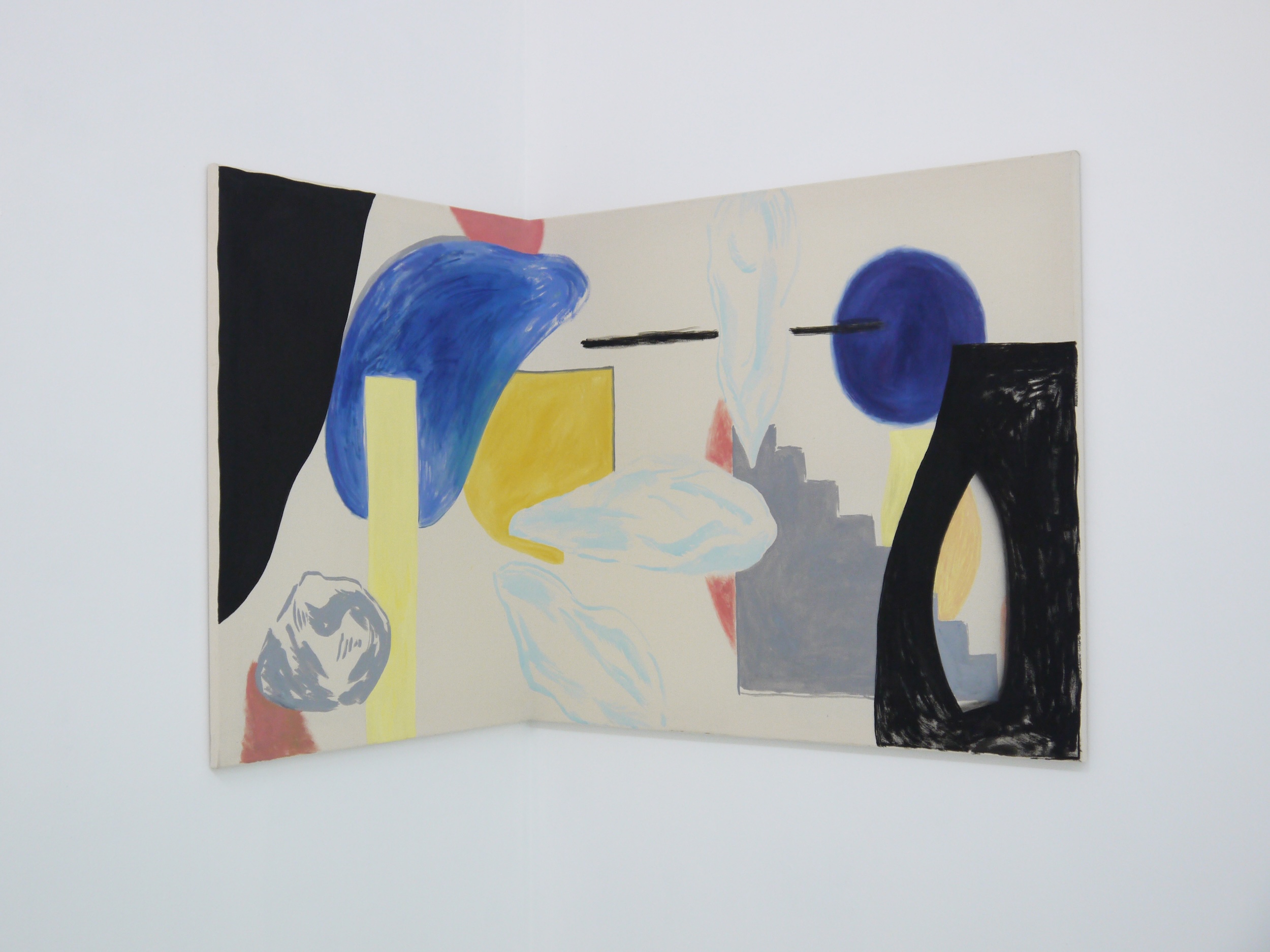
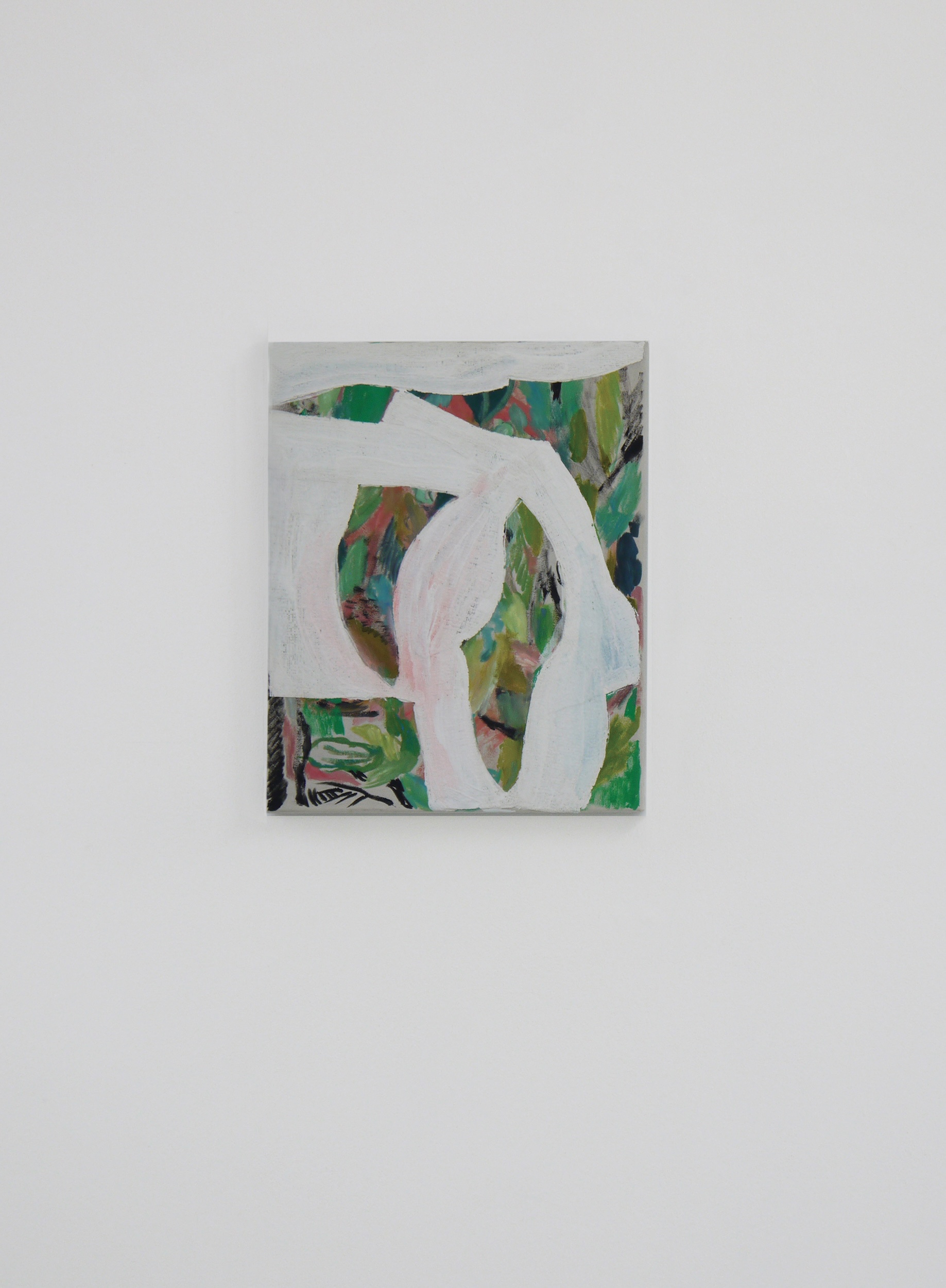
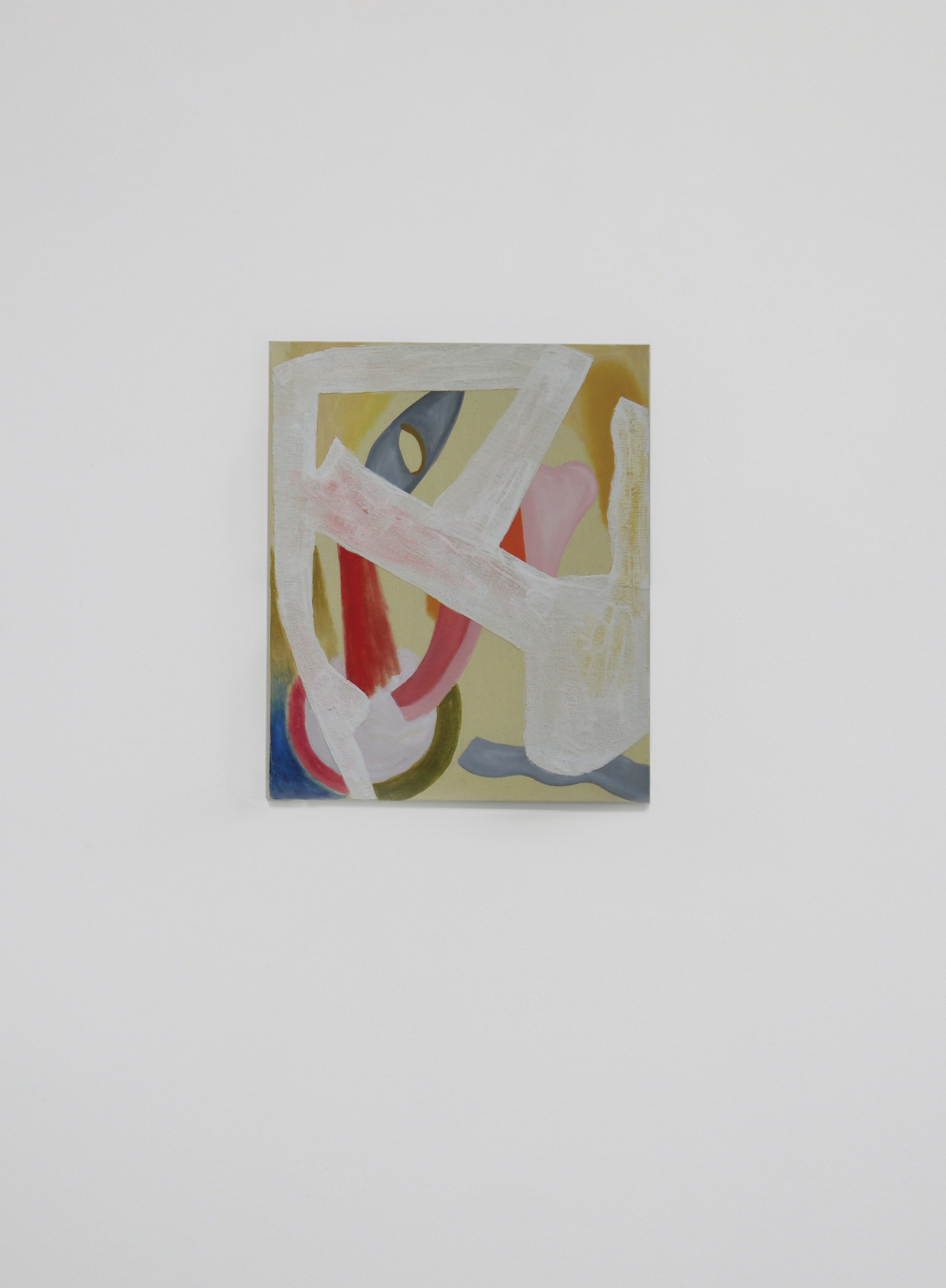
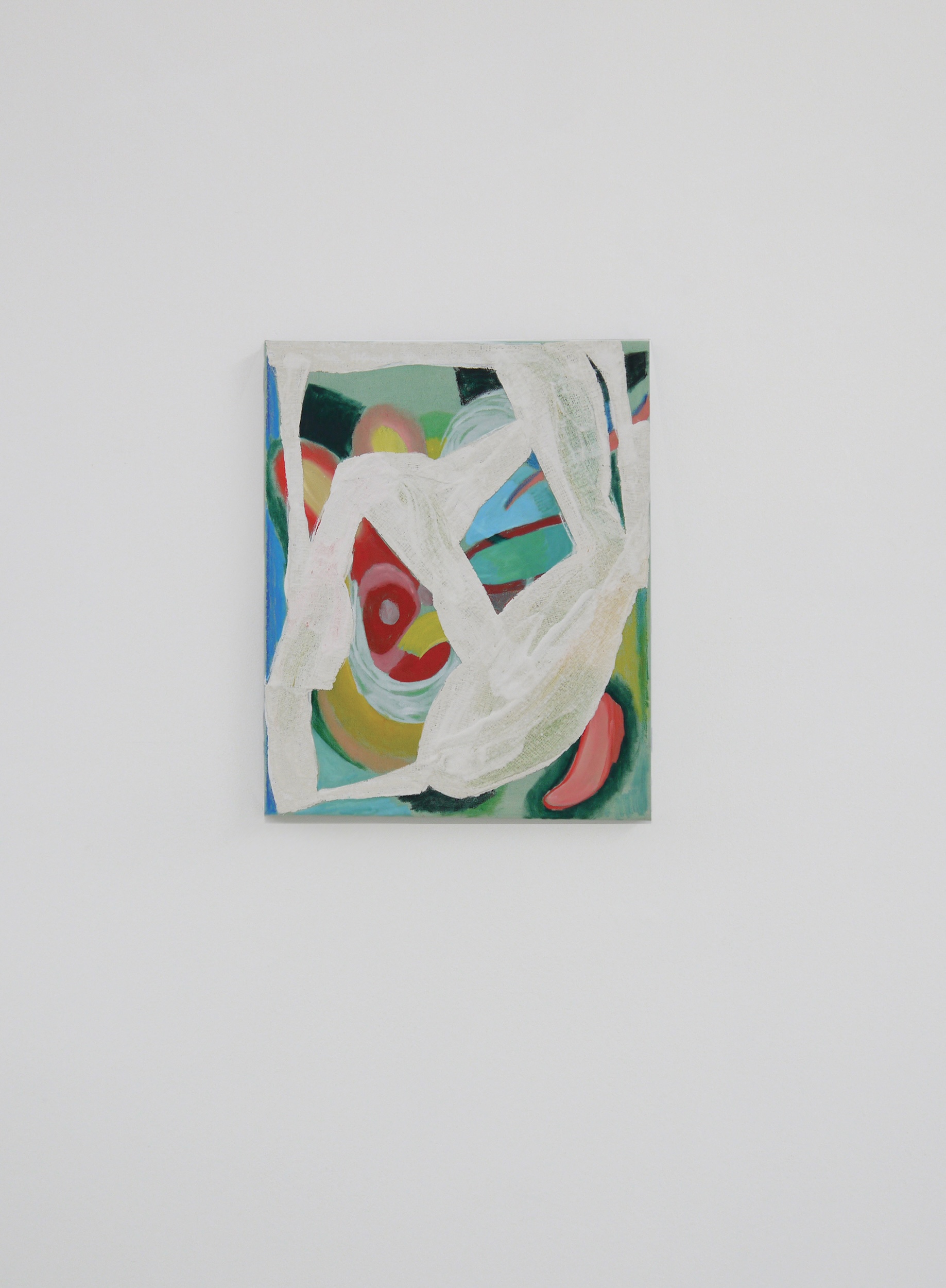
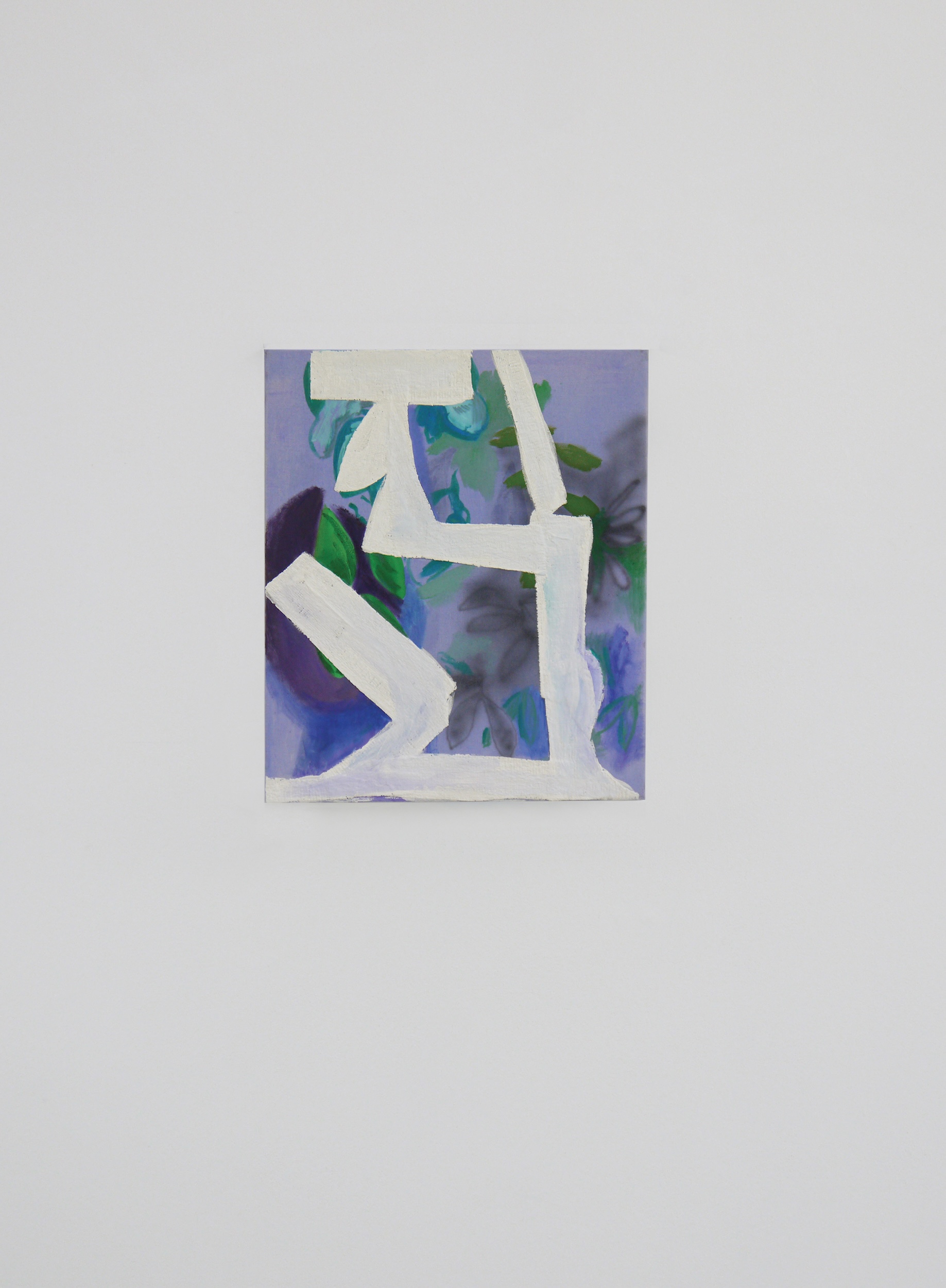
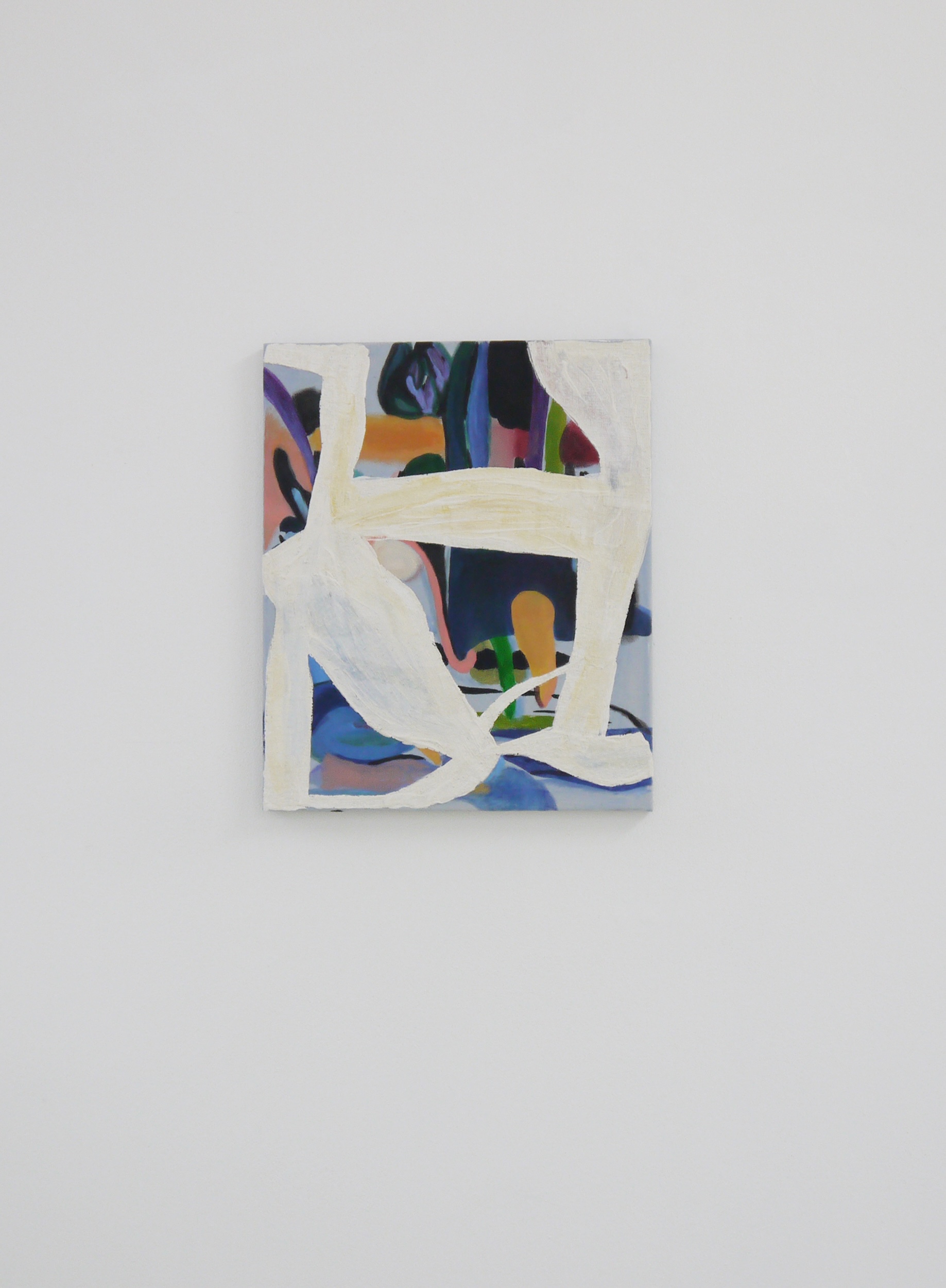
We perhaps no longer take enough time to lose ourselves in the city, to loiter there more out of indecision than intention. While it might be difficult to escape its clearly laid-out grid, what remains to us is the space of memory, where objects and thoughts come and go. May all of this slip away into the insignificant space of life—or reappear elsewhere.
The story continues in the painting of Zoé de Soumagnat, where figuration and abstraction glide toward one another. It’s likely in this much-desired state of suspension that the emotions and enigmatic forms she detects in daily life come together and click into place through gaps. One might imagine the studio as the endpoint of this wandering, where memories flash onto the mental canvas and grant autonomy to impressions of the real.
The “lacunae” that give the exhibition its title embody those interruptions where it becomes possible to venture. Not deliberate breaks in continuity, they are not so much about a void to be filled as they are breaches into which our thoughts can tumble. And while in art conservation such gaps are often remedied to restore a damaged pictorial surface, for Zoé de Soumagnat, there is no question of piecing them back together—it’s about altering them. This means concealing and revealing the emergence of the image, playing with its presence through painting. After all, it is in their disappearance that things can perhaps be best grasped.
That’s the power of a pictorial language that shows while eluding perception. The background, with its rubbed tones—memories of urban lights—seems to seep through the grainy texture of transparent plaster. From these palpable atmospheres, each “lacunar” composition diverts the layering of successive strata toward materials that interfere and interact. Then, as the surface blurs, fades, and softens its angles, signs begin to emerge—collected daily by the artist. A hint of boots, of staircases, then formal clues drift in an undefined, other kind of space. While each sign is representational, their loss of sensory reference pulls them into a process of abstraction. Nothing binds them anymore—or rather, it’s that very emptiness that animates them, giving them the chance to be contemporary resurgences of a latent mental environment. In this hallucinatory context, certain presences comfort the painting, helping to ease its tension. Lamp posts, handmade by the artist, bend and meander. Infiltrated into the exhibition space, they hasten the night and try to mislead us about the passage of time outside.
At the end, we might no longer know whether we are here for the painting, or if it is here for us. Memories pass through it, take shape, and dissolve into abstraction. At Les Bains-Douches, Zoé de Soumagnat presents a poetics of gaps, marked by forms of sociality, emotional cues, and painterly reminiscences. All that’s left is to let ourselves be carried away on a visual and mental journey, bordered by the urban landscape—with the understanding that there will surely be omissions.